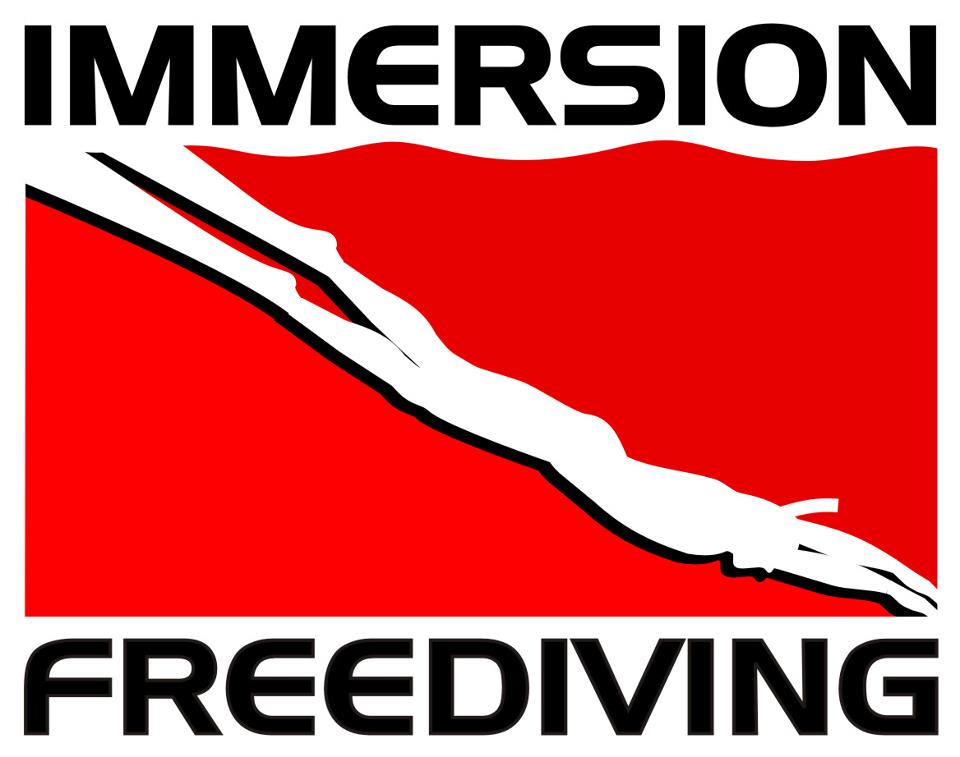Man, where to start. I’ve been interested in freediving and taking a course for a long time but due to moving around, school and career I haven’t really been able to get in the water or do any freediving for several years. So when my vacation time and Ted’s intermediate course lined up I jumped at the chance but was a little concerned about being out of the game for so long. To give an idea of previous experience I lived at the beach years ago and did most of my spearfishing at 15-30 ft, with one dive to 80 ft. Max breath hold ever was 3:30 but like I said, it had literally been years since I had done any of this or put on a set of fins.
Luckily Ted is a great instructor and the course is formatted in a very intelligent manner to get you in the water early on but advances slowly enough to allow you to process the information and new motor skills so that it’s not overwhelming. It’s obvious that a lot of thought went into this. The first day I was really excited to get a 4 minute breath hold and jumped it up to 4:30 on our second day in the pool just using the newly learned techniques. The pool sessions really helped to dial in and automate entries, breathing patterns and kicking technique so that when we got to the ocean those things just needed minor tweaking and there was not a lot of wasted time. If you haven’t already heard much of the course focuses on safety, for very good reason – freediving and spearfishing in particular is a sport that sees so many preventable deaths. Ted outlines very well the dangers, what works and what doesn’t – the physiologic reasons for why this occurs, and how good safety techniques have actually increased the catch of many high level spearfishermen.
The aspect of the course that I found most fascinating however was the physiology portion. I work as a physician and so I have had quite a bit of education in these areas and I can say with all honesty that I was very impressed not only with Ted’s knowledge of the material but also in how he presented it. There are several complex topics – the partial pressures of gases at depth and their effects on body tissues, the oxygen dissociation curve and the shifts that occur with varying levels of carbon dioxide, and how your breathing patterns tie into this, among others. All of it was simplified and presented in a manner that I believe it would be accessible to almost anyone regardless of their background, but it was done in a way that did not oversimplify or change the meaning of what is actually occurring within your body from a physiologic standpoint. Having learned these topics in depth in the past I can say that this is no small feat.
But the proof is in the pudding and by the last day of class I was able to hit 132 ft despite my lack of recent experience, which lends all the more credibility to Ted’s assertion that freediving is to a large extent just technique. I believe practice doesn’t make perfect, practice makes permanent – and I’m very glad that I took the time to learn the best techniques possible so that all of my future diving will reinforce good habits instead of bad ones. On top if this Ted is a great guy and so were the other people in the class, I got to spend time in beautiful blue water and see Mahi and wahoo in their element. I would highly recommend this course from both a performance and more importantly a safety standpoint, I actually would no longer feel comfortable diving with someone who was not trained in and practiced the rescue techniques that we performed throughout the course.
Brian Reuhland March 2014 Intermediate course
